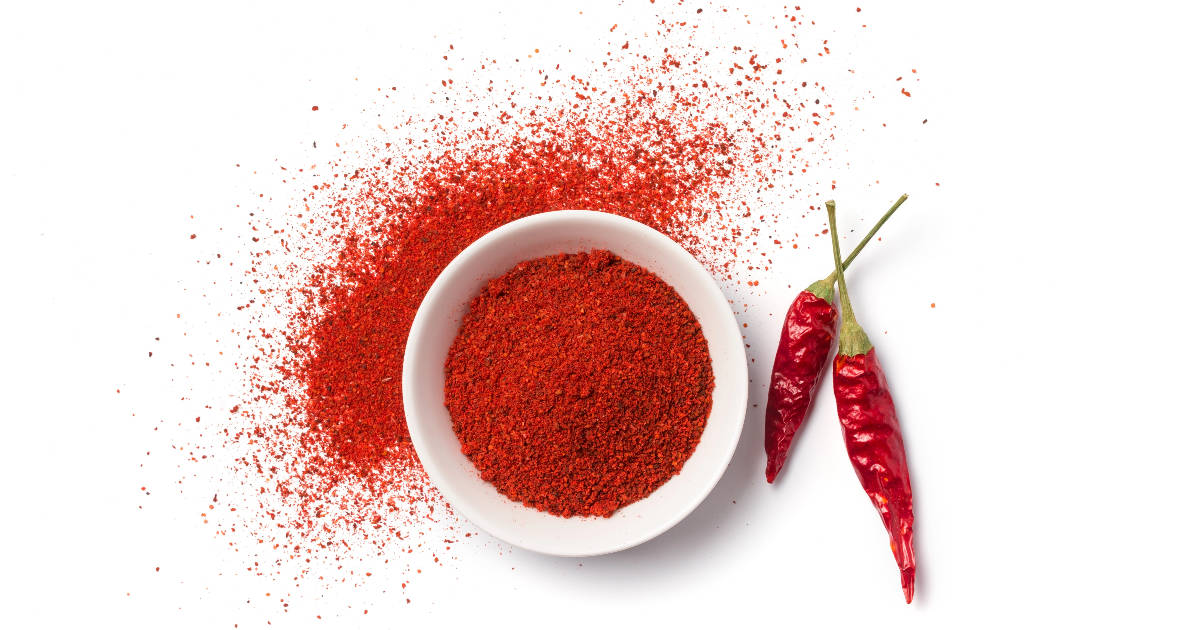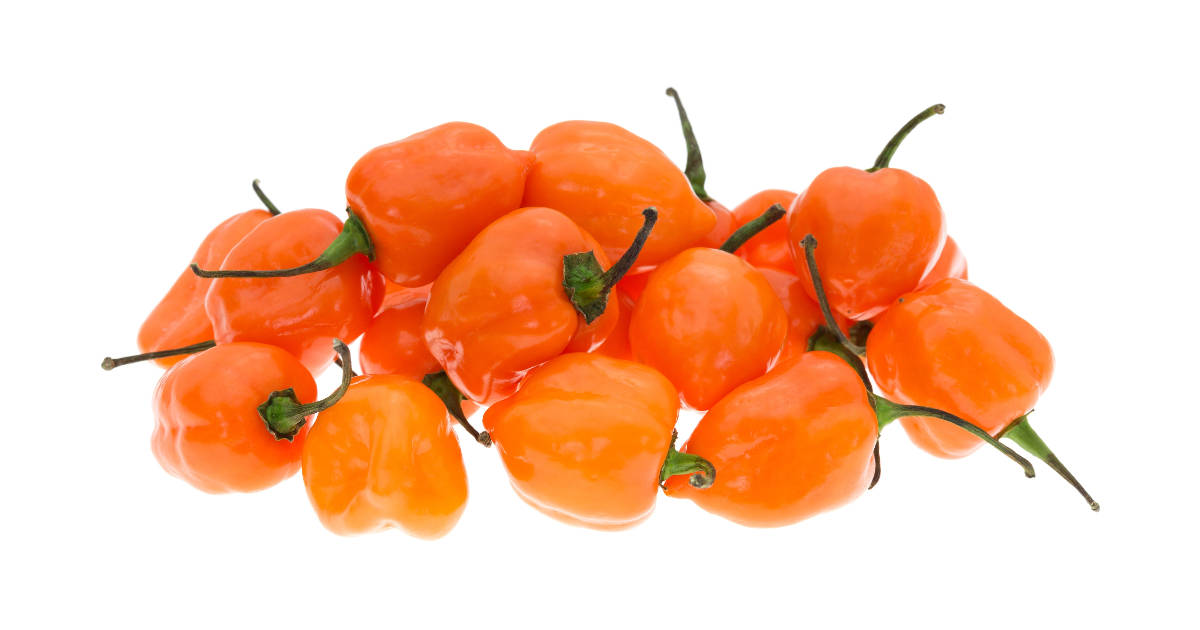Chili powder is a spice blend made from ground chili peppers and other seasonings. It typically contains mild to moderately hot chili peppers like ancho, New Mexico chile, and cayenne peppers. The level of heat depends on the type and amount of chili peppers used in the blend.

Along with ground chilies, chili powder also contains spices like cumin, oregano, garlic powder, and paprika. Some versions even include onion powder, salt, or other herbs and spices. This combination of ingredients gives chili powder its characteristic Tex-Mex flavor profile.
Chili powder originated in Texas in the 19th century as an attempt to recreate the complex chili pepper spice blends used in Mexican cooking. Today it remains an essential ingredient in many Tex-Mex and Southwestern U.S. dishes like chili con carne, tacos, fajitas, and more. It's also found in the spice cabinets of many home cooks worldwide.
Is Chili Powder Spicy?
The spiciness of chili powder can range from mild to moderately hot, depending on the specific blend. But in general, it offers just a warm, lingering heat rather than an intensely burning spiciness.
This is because most chili powder contains a mix of milder ground chile peppers along with other spices that temper the heat. The ratio is usually around one part hot chili pepper to six or seven parts other seasonings.
So you'll taste the sizzle of chilies blended with warm, earthy cumin, pungent garlic, and savory oregano. The overall effect is a balanced, nuanced heat that warms your palate without singeing your taste buds.
Some chili powder blends are labeled "hot" and do pack more punch thanks to a higher amount of cayenne or other hot peppers. But even then, the other spices keep the heat in check compared to pure ground cayenne or chili peppers.
Scoville Scale: Measuring Chili Pepper Heat

The heat level of chili peppers and chili powder is measured in Scoville Heat Units (SHU). On the Scoville scale, pure cayenne pepper ranks around 30,000-50,000 SHU, delivering a pretty good kick.
By comparison, most blended chili powder ranges from just 500-1,500 SHU, due to containing milder chile peppers and tempering spices. That's up to 100 times less spicy than pure cayenne!
Some quick comparisons on the Scoville scale:
- Bell pepper - 0 SHU (no heat)
- Jalapeño - 2,500-10,000 SHU
- Cayenne - 30,000-50,000 SHU
- Habanero - 100,000-350,000 SHU
So chili powder brings a mild to moderate burn compared to the searing heat of habanero or even cayenne pepper. The blend of spices rounds it out for a more nuanced, warming heat.
Tips for Cooking with Chili Powder
When cooking with chili powder, remember that a little goes a long way. Start with small amounts, taste, and adjust upwards if you want more heat.
Some tasty ways to use chili powder:
- Add it to chili, stews, and soups for warmth and depth of flavor.
- Use it as a spice rub on meats before grilling or roasting.
- Sprinkle on eggs, pizza, pasta, vegetables, and more.
- Make your own custom spice blends for tacos, fajitas, etc.
- Mix with oil and acids for a spicy marinade for meats or veggies.
Go easy at first then increase to your desired spiciness. Because of the blend of spices, chili powder heat tends to build slowly. And remember to drink milk or eat bread to tame the flames if you overdo it!
Different Types of Chili Powder
There are many varieties of chili powder to suit different tastes and heat preferences:
- Mild chili powder contains more cumin, garlic, and other spices to temper the heat. Great for those who find even mild chilies too hot.
- Hot chili powder amps up the heat with more cayenne pepper or hotter chile varieties. The benchmark for people who love spicy food.
- Ancho chili powder uses ground ancho peppers. This is milder with a sweet, smoky, fruity taste.
- Smoked chili powder is blended with smoked paprika, resulting in a deeper, richer flavor.
- Chipotle chili powder uses smoked jalapeños for a distinctive smoky-hot taste.
- New Mexico chili powder relies on the earthy New Mexico chiles, bringing mild heat.
So explore different blends to find your perfect balance of spice, smoke, and flavor. Just adjust the quantity until the heat suits your tastes.
FAQ
What chili peppers are used in chili powder?
Chili powder typically contains milder chili peppers like ancho, New Mexico, and guajillo chilies. Cayenne pepper is also commonly added in smaller amounts. These all register between 1,000-5,000 Scoville units, delivering a gentle, warming heat. Pure ground cayenne at 30,000-50,000 SHU can make some chili powder blends hotter.
Does chili powder go bad?
Like most spices, chili powder has a shelf life. It will slowly lose potency over time but lasts 1-2 years stored properly. To maximize freshness, keep chili powder in an airtight container in a cool, dry, dark place. Make sure to smell and taste periodically, replacing when the aroma and flavor fade. Homemade blends have a shorter shelf life of 3-6 months.
What's the difference between chili powder and paprika?
Paprika is made from pure, ground chili peppers and comes in sweet, hot, and smoked varieties. Chili powder contains a blend of chili peppers and extra spices like cumin, garlic, and oregano. So paprika offers pure chili flavor, while chili powder has a more complex Tex-Mex taste profile. Both provide vibrant red color, but chili powder packs more punch.
Is Kashmiri chili powder spicy?
Kashmiri chili powder is known for its brilliant red color but mild heat. It registers just 1,000-2,000 SHU, which is up to 50 times less spicy than some chili powders. Kashmiri powder uses a mild chili pepper native to the Kashmir region of India. Its mildness lets other spices like cumin and garlic shine through while coloring rice, meat, and vegetable dishes.
What dishes use a lot of chili powder?
Some classic dishes that heavily utilize chili powder are: chili con carne, Tex-Mex tacos, enchiladas, fajitas, chilaquiles, empanadas, chili, huevos rancheros, and chimichangas. Chili powder is also great on eggs, pizza, grilled meats, roasted vegetables, and in spice rubs and marinades. Start with small amounts when adding to your favorite foods.
Conclusion
While containing hot peppers, most chili powder brings a mild to moderate burn warmed by supporting spices. Adjusting the amount and exploring blends lets you personalize the heat. With its complex, nuanced kick, chili powder remains a cherished way to add a touch of fire and incredible flavor to dishes across the globe.

